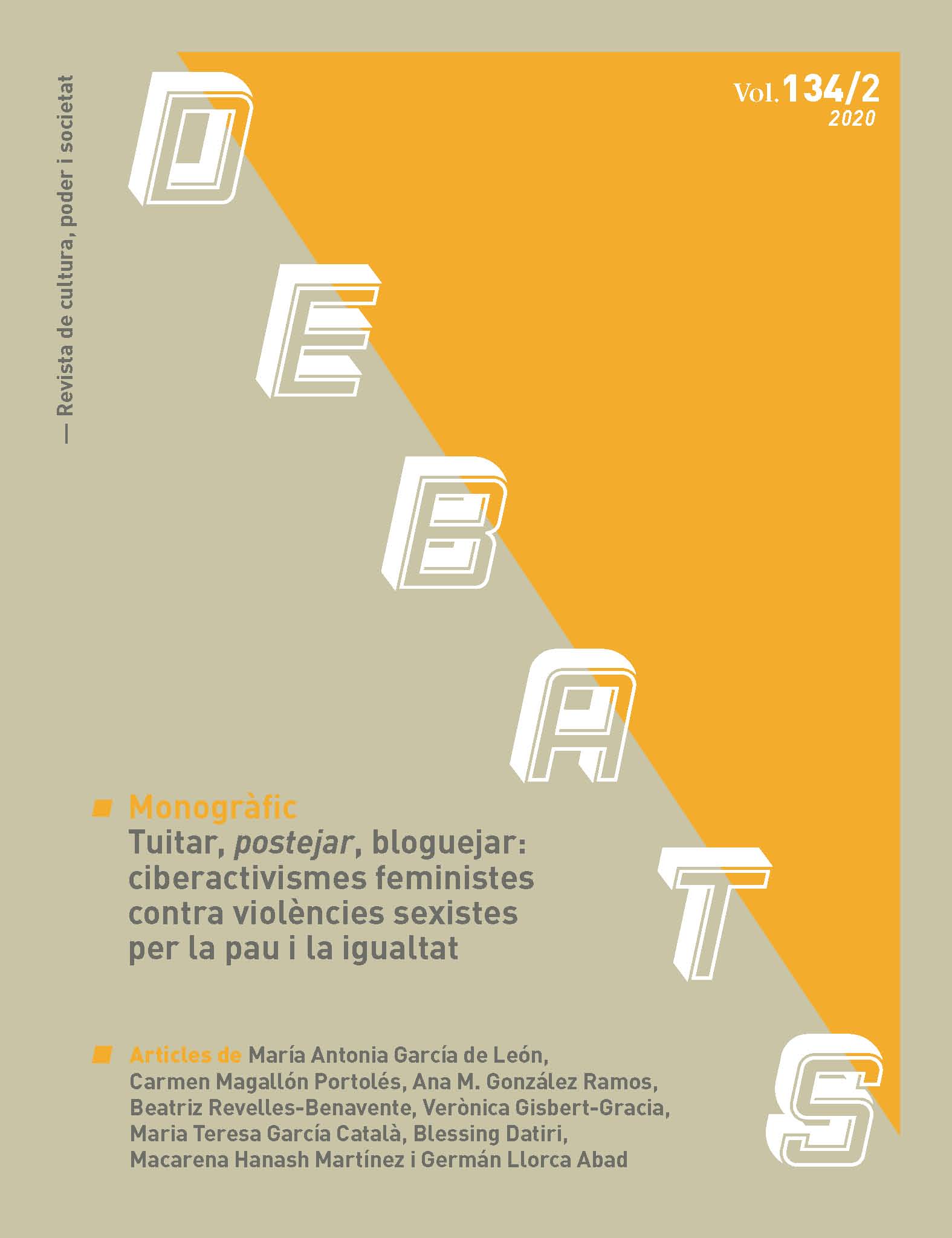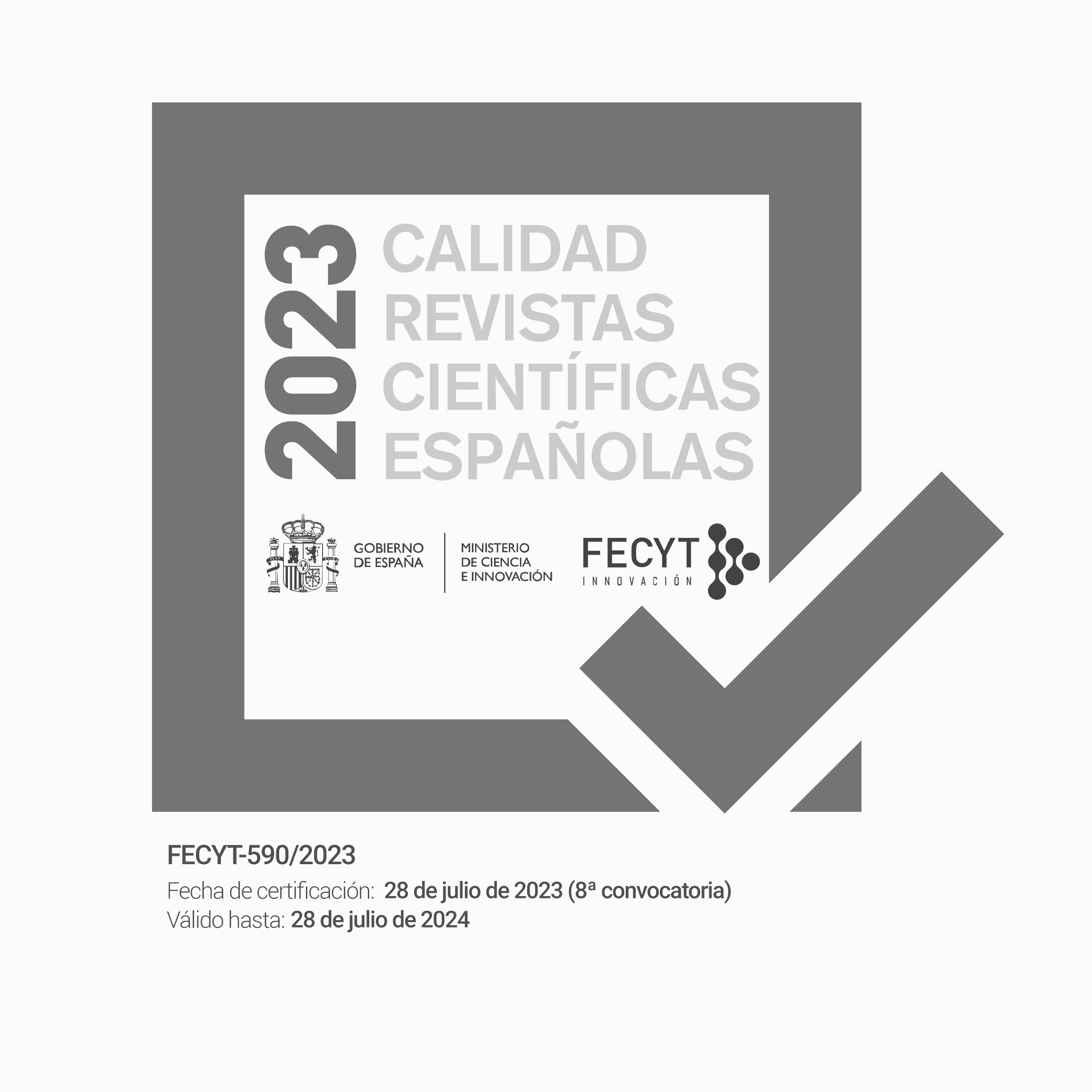Is Oriental Dance Feminist? Cultural transfers between women’s empowerment and the Orientalist imaginary
DOI:
https://doi.org/10.28939/iam.debats.134-2.8Keywords:
belly-dancing, Feminism, Orientalism, Egypt, violence, empowerment.Abstract
Belly-dancing is one of the things we associate with Egypt and it has become a major tourist attraction. The dance has spread round the world since the late 20th Century. Nevertheless, the dance has been received differently depending on tastes at the time and audiences. Belly-dancing’s origins remain murky but we know that it became popular during colonial times. It became much more widely known during Hollywood’s ‘Golden Age’ when it was used as an Orientalist fantasy. From the 20th Century to the present, the Egyptian art world has refused to include belly-dancing as an art form. However, that has not stopped it spreading world-wide. Belly-dancing is now taught all over the globe and has even evolved into new disciplines such as ATS and Tribal Fusion. This first contradiction between home and foreign
reception is a crucial one, especially for belly-dancers in the Arab world. Yet another ambiguity arises from the global issue of gender: while dancers consider belly-dancing as a Feminist expression of empowerment and liberation, average audiences in the Western world see the shows as objectifying women. Is belly-dancing a discipline that must be experienced if one is to put Feminism into action? What conditions must be met so that belly-dancing can be seen as something that empowers women? Is the varied reception of belly-dancing a result of different explanations of its origins and a particular imaginary of The East?
Downloads
References
Apprill, C., Djakouane, A. i Nicolas-Daniel, M. (2013). L’enseignement des danses du monde et des danses traditionnelles. París: L’Harmattan.
Suriol, B. (26 d’agost de 2013). The Original ‘Little Egypt’. [Vídeo] https://www.youtube.com/watch?v=xLgk3Lsp6g8&list=PL9YW2ILM5wI2Zj90PmwN0HSrU2_vWq-c1&index=2
Boldrin, B. (2015). Le voile dans la danse orientale ou les codes du dévoilement de l’intime. Recherches en Danse, 4. DOI: 10.4000/danse.1110
Boukobza, J. (2009). Danser l’Orient: Touristes et pratiquantes transnationales de la danse orientale au Caire. Cahiers d’études africaines, 193-194, 203-226. DOI: 10.4000/etudesafricaines.18692
Burnam, A. R. (2012). Bellydance in America: Strategies for Seeking Personal Transformation. (Tesi doctoral, University of California, Los Ángeles, EE.UU).
Deagon, A. (2018). The Golden Mask : Tipping the Belly Dancer in America. Feminist Studies, 39(1), 71-97. Recuperat de https://www.jstor.org/stable/23719295
Dox, D. (2006). Dancing around Orientalism. TDR/ The Drama Review, 50(4), 52-71. DOI: 10.1162/dram.2006.50.4.52
Duncan, I. (1999). Ma vie. París: Gallimard.
Farid, S. (1973). Naissance et développement du cinéma égyptien (1922-1970). Ecran, 15, 21-33. Recuperat de http://collections.cinematheque.qc.ca/wp-content/uploads/2013/06/DCQ_1984_13_p21-33w.pdf
Frühauf, T. (2009). Raqs Gothique: Decolonizing Belly Dance. TDR, 53(3), 117-138. Recuperat de https://www.jstor.org/stable/25599497
Fuller, L. (2016). Quinze ans de ma vie. París: Mercure de France.
Garrec, A. L. (2013). Danse indienne vs danse orientale. Divergence des danses extra-occidentales en France. Corps,1(11), 315-322.
Henni-Chebra, D. i Poché, C. (1996). Les danses dans le monde arabe, ou l’héritage des almées. París: L’Harmattan.
Hooi, M. (2015). Oriental Fantasy: A Postcolonial Discourse Analysis of Western Belly Dancers’ Imaginations of Egypt and Dance Festivals in Egypt. Linköpings universitet.
Marquié, H. (2008). Engagements chorégraphiques: Danse, féminisme et politique. Femmes, création, politique, Aug2008. França: Cerisy-La-Salle.
Marquié, H. (2016). Non, la danse n’est pas un truc de filles! Essai sur le genre en danse. Tolosa: Éditions de l’Attribut.
McDonald, C. (2010). Bellydance and Glocalisation: Constructing Gender and on the Global Stage. (Tesi doctoral, University of Exeter, Regne Unit).
Mernissi, F. (2000). Le harem et l’Occident. París: Albin Michel.
Nericcio, C. (3 de juny de 2019). About American Tribal Style. Recuperat de https://fcbd.com/about/about-ats/
Reis, A. C. i Zanella, A. V. (2010). A constituição do sujeito na atividade estética da dança do ventre. Psicologia & Sociedade, 22(1), 149-156. DOI: 10.1590/s0102-71822010000100018
Said, E. W. (1978). L’orientalisme. L’Orient créé par l’Occident. París: Éditions du Seuil.
Shay, A. i Sellers-Young, B. (2012). Belly Dance: Orientalism: Exoticism: Self-Exoticism. Dance Research Journal, 35(1), 13-37.
Watson, S. (20 de febrer de 2013). Little Egypt (Fatima Djemille) 1896 Edison. [Vídeo] https://www.youtube.com/watch?v=LObvE8C5dGI&list=PL9YW2ILM5wI2Zj90PmwN0HSrU2_vWq-c1&index=4
Tena Medialdea, M. D. (2015). Danza oriental, género y políticas coloniales: Del cabaret
moderno al mercado global de la cultura. Universitat de València. (Tesi doctoral, Universitat de València, València). DOI: 10.13140/RG.2.2.33662.18241
Thorin, E. (2017). Dancing Interventions: A Feminist New Materialist Engagement in Three Dance Stories. (Tesi doctoral, Universiteit Utrecht, Països Baixos).
Uffreduzzi, E. (2018). Danse et orientalisme dans le cinéma muet italien. Danse & cinéma, la recherche en mouvement, 1. Recuperat de https://imagessecondes.fr/index.php/2018/06/28/danse-et-orientalisme-dans-le-cinema-muet-italien/
Van Nieuwerk, K. (1995). A Trade like any Others : Female Singers and Dancers in Egypt. Texas: University of Texas Press.
Downloads
Published
How to Cite
Issue
Section
License
Without prejudice to the provisions of article 52 of Spanish Law 22/1987 of November 11 on Intellectual Property, BOE (official state bulletin) of November 17, 1987, and pursuant to said legislation, the author(s) surrender(s) free of charge its rights of edition, publication, distribution and sale of the article, for its publication in Debats. Journal on Culture, Power and Society.
Debats. Journal on Culture, Power and Society is published under the Creative Commons license system in accordance with the «Recognition - Non-Commercial (by-nc) modality: The generation of derivative works is permitted provided that commercial use is not made. Nor can the original work be used for commercial purposes».
Thus, when the author submits his/her contribution, he/she explicitly accepts this assignment of publishing and publishing rights. Authors also authorize Debats. Journal on Culture, Power and Society to include their work in an issue of the journal to be distributed and sold.











